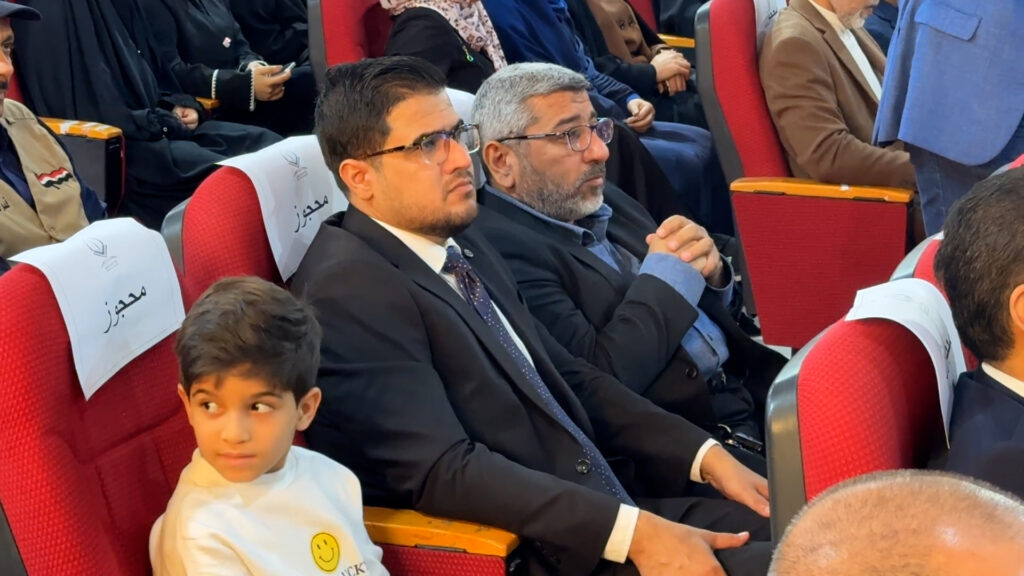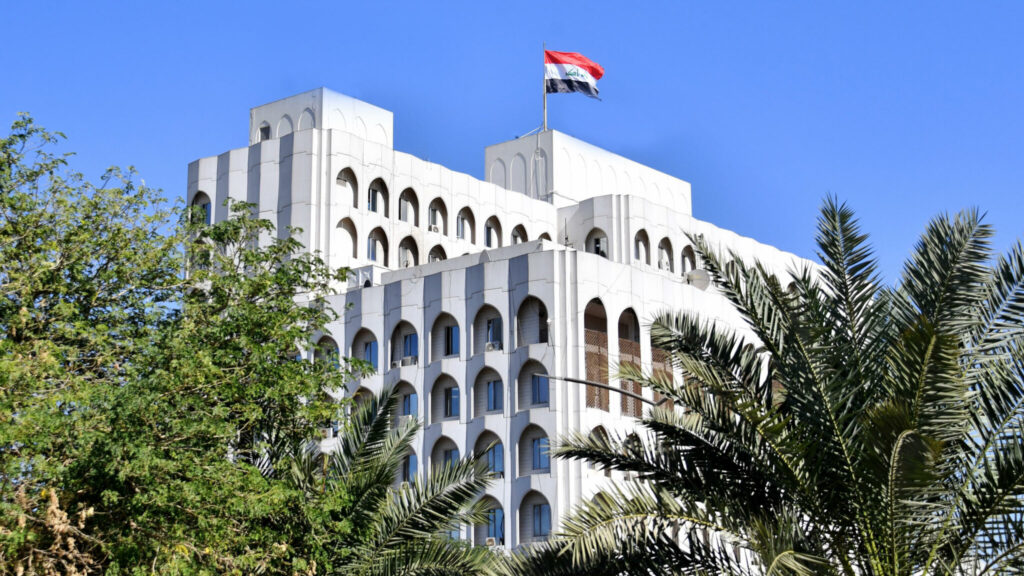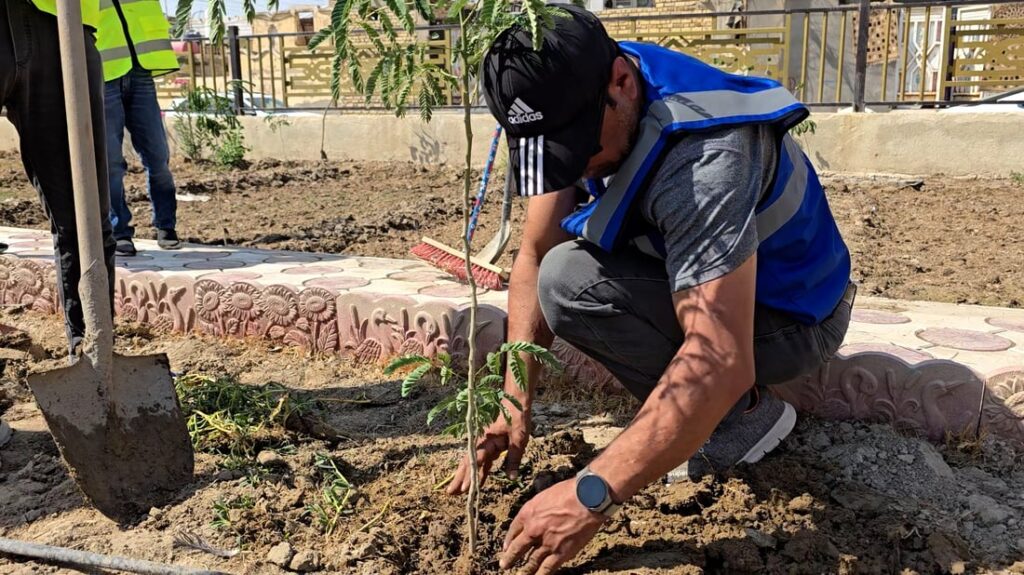Iraq: Humanitarian Action for Children 2020 - Iraq
2020 requirements: US$58,854,223
Snapshot
Total people in need: 4.1 million
Total children (<18) in need: 1.93 million
Total people to be reached: 1.24 million
Total children to be reached: 810,800
Despite improvements in overall security and stability in Iraq, some 4.1 million people – half of them children – remain in need of humanitarian assistance.1 The needs are severe for some 1.75 million people.2 The 4.3 million people who have returned to conflict-affected areas3 face risks of violence and retaliation and lack of access to basic services. For the 1.5 million people experiencing prolonged displacement,4 these risks must be weighed against the difficult life in camps and host communities, where water, sanitation, education and health infrastructure and services are overburdened or damaged. Only 39 per cent of households have safely-managed drinking water5 and despite some progress, outbreaks of vaccine-preventable diseases continue to affect the vulnerable.6 Violence against children is extensive,7 psychosocial distress is high,8 and many children lack official identity documents, jeopardizing access to basic services, including education.9 Inequity is persistent and significant. Nearly 10 per cent of primary school-aged girls are out of school, compared with 7 per cent of boys.10 The poorest children are twice as likely to die before their fifth birthday.11 Girls, boys and women who have survived gender-based violence are in dire need of higher quality and more accessible specialized services to support their recovery.
Humanitarian strategy
The UNICEF strategy in Iraq is informed by national humanitarian priorities, the 2020– 2024 Country Programme and the 2030 Agenda for Sustainable Development; and emphasizes protecting and empowering vulnerable children, adolescents, women and people with disabilities. UNICEF leads the water, sanitation, and hygiene (WASH) cluster, child protection sub-cluster and Nutrition Working Group; co-leads the education cluster; and is an active member of the health cluster and gender-based violence sub-cluster. In 2020, UNICEF will work with humanitarian and development actors, including United Nations agencies, government counterparts and non-government partners, to support the transition to sector coordination and mainstream child-centred emergency preparedness into national development plans. UNICEF will use its convening power to strengthen capacities, enabling national partners to reach crisis-affected children and integrate gender-based violence risk mitigation, prevention of sexual exploitation and abuse and youth engagement across all programmes. To reinforce resilience and systems strengthening, UNICEF will continue safe water, gender-sensitive sanitation and hygiene awareness interventions in camps and return areas in need. Children under 5 years will receive critical vaccination and nutrition services, focusing on low-coverage areas. UNICEF will continue to support education in camps and return areas, and critical psychosocial support and specialized protection services for at-risk children and caregivers.
Results from 2019
As of 31 August 2019, UNICEF had US$73.7 million available against the US$72.9 million appeal (101 per cent funded).12 While funding was strong overall, achievement of targets in some sectors, including cash-based transfers and non-food item distributions, was severely hampered by lack of funding. In 2019, the timely availability of resources supported progress in WASH, child protection, gender-based violence, health and nutrition programming. UNICEF-supported partners contributed 63 per cent of cluster water supply response and 89 per cent of cluster sanitation response. UNICEF maintained critical child protection services in displacement camps after other partners withdrew due to lack of funding, which supported higher than anticipated progress against annual targets. Good funding for the gender-based violence response led to 174 per cent achievement against UNICEF targets. Reporting against health and nutrition has proven challenging due to poor data from non-camp returnee areas, where government staff turnover is high and there is a reliance on outdated paper-based systems. Progress against education targets is expected to increase after the start of the 2019/20 academic year in fall 2019. Procurement of critical supplies (warm clothes) for the 2019 winter is underway, with the response scheduled to start as temperatures drop in fall 2019.





